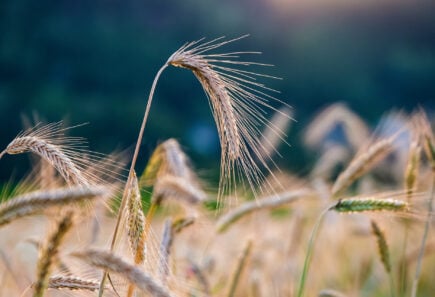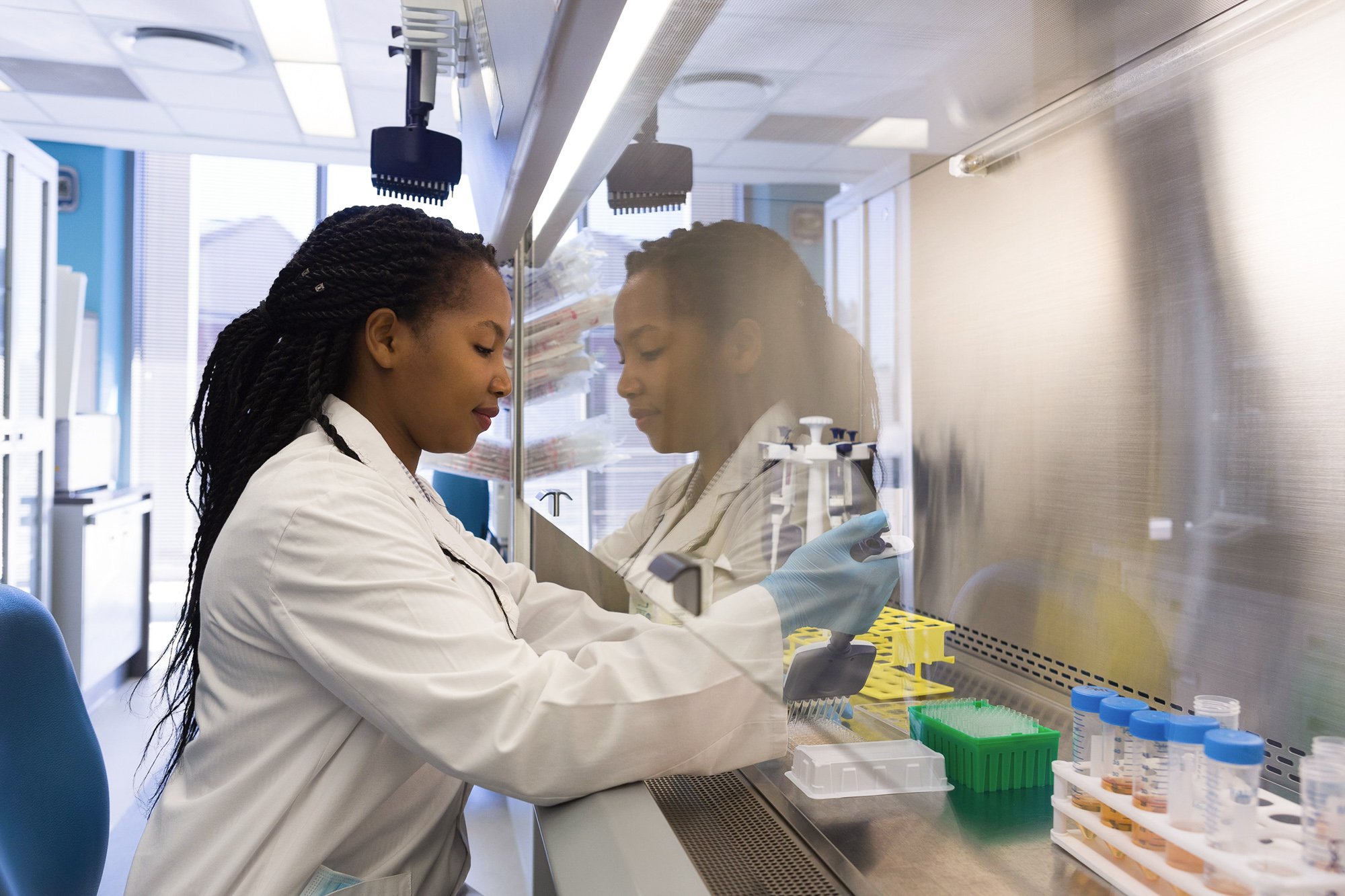Techno-economic models to inform product and process development
Techno-economic models are critical for process design and cost of goods projections. Open-access models based on generalized or exemplar processes with standardized unit operations and designs can form the foundation for individual companies’ work, reducing duplicative effort. Furthermore, techno-economic models can identify key cost drivers and opportunities for process improvements to guide future research efforts. The independent research consultancy CE Delft recently published a cultivated meat techno-economic analysis. However, similar efforts are needed for fermentation-derived and plant-based meat production.
-
Plant-Based
-
Cultivated
-
Fermentation
- Research
- R&D
- End Products
- Investment
- Production
- Raw Materials, Ingredients, & Inputs
- Academics
- Industry
- Investors
- Startups
Current challenge
There is room for optimizing the cost efficiency and scale of production for plant-based, fermentation-derived, and cultivated meat. Changes in raw ingredients, equipment, and operations can significantly affect the cost of goods sold. Individual companies’ R&D teams are incentivized to optimize their processes for economic profitability, but without broader information access regarding these efforts, this research remains siloed. This leads to duplicative efforts from other companies as well as slower progress and less informed practices in the industry. More rigorous analyses to identify the most influential cost factors across the technology landscape will result in a better understanding of potential scalability improvements and bottlenecks, serving to focus subsequent R&D efforts and resource allocation toward the highest-impact aspects of the process.
Proposed solution
Techno-economic analyses (TEAs) project costs for prototypical processes based on standard unit operations, projected capital expenditures (e.g., equipment and installation costs), and anticipated operating costs (e.g., electricity, heat, water, labor, and other inputs). TEAs are conducted using software to model the production method of interest then evaluate its sensitivity to various process changes, thus enabling process optimization based on overall production costs. Analyses can explore the best way to distribute facilities (i.e., a few large production sites versus many smaller sites), the viability of contract manufacturing relationships, the value of sidestream applications on production costs, and the most significant cost contributors within a given production process.
There is a need for more open-access TEAs across all alternative protein production platforms. For example, economic assessments of plant protein processing with comparisons between different enrichment methods and crop sources (e.g., dry fractionation versus wet fractionation; soy versus other emerging proteins) could reduce material waste through whole-crop valorization and promote the biodiversity of raw material sources. Moreover, cost analysis of different bioreactor types, incorporating medium recycling technologies, valorizing sidestreams, and finding low-cost amino acid sources could increase supply chain and production efficiencies for cultivated meats. Additional assessments could evaluate the economics of mechanical texturization procedures like 3D printing or shear cell technology, incorporation of automation, the production of recombinant proteins through molecular farming, hybrid products containing both cultivated and plant-based components, or any of the numerous potential and current technologies applied in alternative protein development.
Anticipated impact
Techno-economic analyses can provide a more fundamental understanding of the technological and economic bottlenecks that limit the cost reduction and scalability of alternative protein products. As a result, technologies can be directly compared and influential cost factors can be identified, allowing for higher-level process improvements. Ultimately, this would help determine the scale and price points necessary for profitability. Sustainability improvements can also be identified through these analyses, since an important element of process and raw material optimization may include the valorization of co-products, thus reducing both operating costs and material waste. Sharing these reports across industry and academic researchers through open-access publications will maximize their impact on alternative protein production technologies.
Related efforts
- A proposed TEA and market analysis of alfalfa protein concentrate production was funded through the U.S. Department of Agriculture’s Agricultural Research Service.
- He et al 2021 published a TEA of protein product from brewer’s spent grain via enzyme-assisted wet fractionation.
- Risner et al 2020 demonstrated a preliminary techno-economic assessment of cell-based meat.
- Humbird, 2020 evaluated scale-up economics for cultured meat: techno-economic analysis and due diligence.
- A grant from the U.S. National Science Foundation for UC Davis included a proposed TEA for cultivated meat production.
- Cultivated meat techno-economic analysis
GFI resources

Cultivated meat LCA/TEA report analysis
Recent studies show cultivated meat could have reduced environmental impacts and be cost-competitive with some forms of conventional meat.

Techno economic models: Turning good food technologies into good food businesses
Techno Economic Assessment models (TEA’s or TEM’s) are one of the first elements of a business plan for any alternative protein venture. In this talk, Next Rung Technology’s John Ellersick…

Find collaborators
Join the GFIdeas global community of 2,000+ entrepreneurs, scientists, investors, and subject matter experts. Discuss projects on the members-only Slack community, attend monthly seminars, and use the community directory to help you find collaborators working on similar Solutions!
Related solutions
-
Fermentation
-
Plant-Based
Open-access product formulation specification sheets
Open-access product formulation specifications could provide clear metrics and objectives for product developers on attributes like taste, price, nutrition, and ingredient ratios.
-
Cultivated
Open-access formulations & optimization methods for cell culture media and growth factor cocktails
The availability of more open-access formulations will provide a foundation to enable both academic researchers and startup companies to develop their own customized formulations with far less effort and cost.
-
Cultivated
Cultivated meat co-product valorization
Animal cell metabolism within cultivators can produce useful co-product side streams that provide monetary value to the manufacturer while creating a novel source of inputs for other industries. Potential side…
Relevant research grant

Valorizing agricultural side streams
GFI grantee Dr. Marieke Bruins at Wageningen University in the Netherlands is valorizing agricultural side streams for alternative proteins.

Explore the full solutions database
Browse 300+ startup ideas, commercial opportunities, research projects, and investment priorities throughout the alternative protein supply chain.
Get involved
If you’d like to fund a research project, work on any of these solutions, share information about related efforts that are already underway, or elevate new ideas for advancing the alternative protein industry, we’d love to hear from you!
